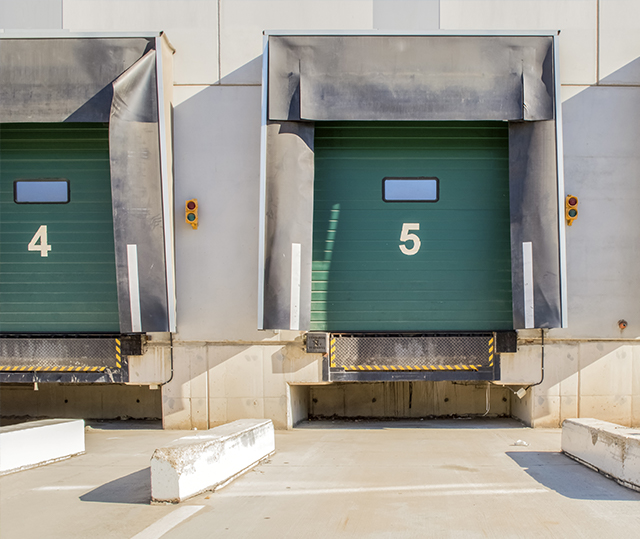

Windows and Doors
Windows and doors are a central part of any building and can have a big impact on energy use.
In this Section
Windows and Doors
The word "fenestration" refers to any opening in your building envelope, including windows, doors and skylights. These features can be a central part of the design and functionality of your building, but they also have a big impact on how much energy you use.
The relationship between fenestration and energy use can be complex. On the one hand, you may want to maximize natural light in your building, which can promote a more productive work environment and reduce lighting costs. On the other hand, having more windows and skylights can reduce the performance of your building envelope, causing too much heat to be lost in the winter and too much to be gained in the summer.
Selecting Energy-Efficient Windows and Doors
There is no one-size-fits-all approach for finding the right mix. You should work with a qualified contractor, engineer or architect that can perform energy modeling on your building to compare different designs. However, here are some of the key things to consider when selecting new windows and doors:
- ENERGY STAR Certification - The most energy-efficient windows and doors will be ENERGY STAR-certified. However, not all ENERGY STAR choices are the same. Picking the right ENERGY STAR window or door depends upon where you live as each window and door is certified for one or more climate zones. Newfoundland and Labrador has three climate zones under this rating system. To determine which climate zone your home falls under, visit NRCan's website.
- Glazing - Glazing refers to the transparent material (usually glass) in a window or door. Windows and doors may be single-glazed (one pane of glass), double-glazed (two panes), or triple-glazed (three panes). The principal benefit of multiple glazing is that air or gas is trapped between the layers of glass and acts as an insulator. Higher glazing will increase comfort and decrease heat loss, condensation and noise.
- Gas Fill - Most manufacturers offer inert gas fill in glazed units as an option to reduce heat loss. The gas used is odourless, colourless and non-toxic. Under normal conditions, it will remain inside the glazed unit for many years. Argon is the most common gas because it's a good insulator.
- "Low E Label" - Some windows are rated as "Low E - which refers to a "low emissivity" coating on the surface of the glass. The coating helps prevent heat from the sun from entering the building in the summer, when the sun is high in the sky, while allowing heat from the sun to enter the building in the winter, when the sun is lower in the sky.
In this section
Insulation
Windows and Doors
Boilers

